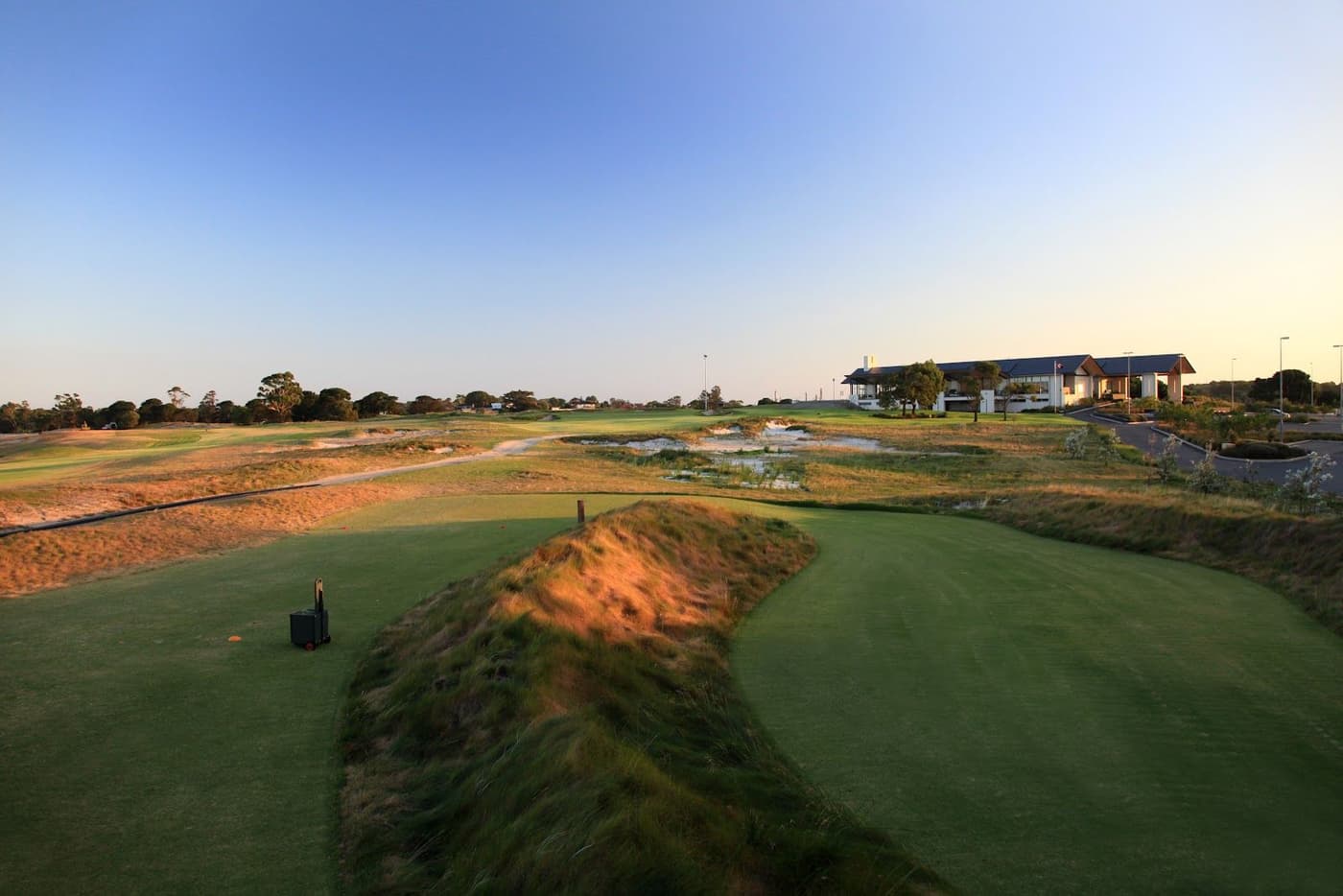
- AddressVernon Ave &, King St, Eastlakes NSW 2018, Australia
- Championships hosted
| Australian Open winners at The Lakes Golf Club: Peter Senior (Aus) 2012, Greg Chalmers (Aus) 2011, Geoff Ogilvy (Aus) 2010, Steve Elkington (Aus) 1992, Greg Norman (Aus) 1980, Jack Nicklaus (USA) 1964. |
The Lakes Golf Club is a historic championship venue and one of Sydney's premier golf clubs. Host to numerous Australian Opens, its pedigree stretches back to 1928 and naturally the main feature of the course is water with many daunting lake carries. The Mascot freeway was routed through part of the course in 1968 and Robert von Hagge was tasked with redesigning the layout.
Lakes are not the only hazard at the Lakes Golf Club. In fact, the front nine – with the exception of the opening hole – is water free, but on the outward nine you will be presented with some of Australia’s boldest bunkering and more than enough trees instead. The inward nine is where the water comes into play, so play within yourself and be patient, playing for position if you are looking to maintain a decent card.
In 2006, Mike Clayton was brought in to restore the course to its former glory and he cleared away enormous areas of trees and scrub to widen playing corridors and bring a feeling of openness back to the layout. Many feel his improvements have been especially beneficial on the front nine, making those holes almost as good as the spectacular back nine.
The following edited extract by architect Mike Clayton is from Volume Six of Golf Architecture: A Worldwide Perspective. Reproduced with kind permission. To obtain a copy of the book, email Paul Daley at fswing@bigpond.net.au.
“The original course of The Lakes club, in Sydney, was split in two in the late 1960s by a new and desperately needed freeway that connected the city to the airport. Jack Nicklaus had beaten Bruce Devlin around the old layout in an 18-hole playoff for the 1964 Australian Open; six years later, Devlin was commissioned to build the club a new course. He partnered Robert von Hagge and crafted a course that was the site of Greg Norman’s first Australian Open victory, in 1980.
It was a really good course, yet the members could never leave well enough alone. The original, in the fashion of traditional links, had few trees. Non-indigenous trees, predominantly pine, were planted with abandon. This activity ensured that the character of the land changed significantly. While the routing remained the same, many of the greens and surrounds were redesigned and the trees ‘had their way’.
The grassing regime finished up as an odd looking mix of four distinctly different grasses: kikuyu; couch; rye; bent. The presentation looked disjointed, and it played as poorly as it looked. Nor was there any hint that anything other than the middle of the fairway was the ideal place to play to the flag. It was a relatively short course by modern standards: the question was how to keep it relevant for first-class play.
Against the trend of modern design, we decided against consciously adding yardage for its own sake. We also chose to remove almost all influence of long, green grass as a way of dictating the play. Our determination was this: that without significant fairway width, there can be no meaningful strategy from the tees; and no one wants to play down narrow fairways in high winds.
We headed in the opposite direction: there would be no rough around the greens; the fairways would be as wide as we could make them; but the ideal lines into the flags would be from the more difficult to access edges of the fairways. And this would be close to the hazards. Each player would need to make a decision on where it would be best to aim; and that makes the game interesting for both members and golf professionals.”
Course Reviews
Leave a Review
This course has not been reviewed.
If you have played this course, consider .
Thanks for the review
Your review has been successfully submitted and will be reviewed for approval.
Course Reviewed
You’ve already submitted a review for this course.
Course Architect
View All
Playing on Melbourne’s sand belt courses as a young man sparked an early interest in golf course architecture for Mike Clayton so it was a natural progression for him to form his own design practice.





